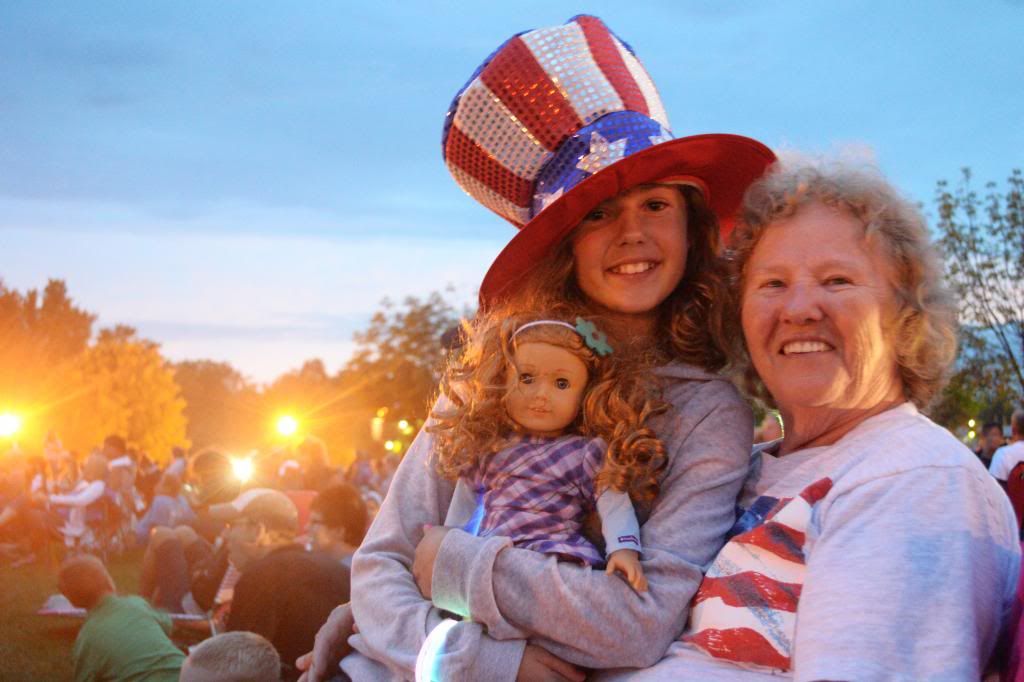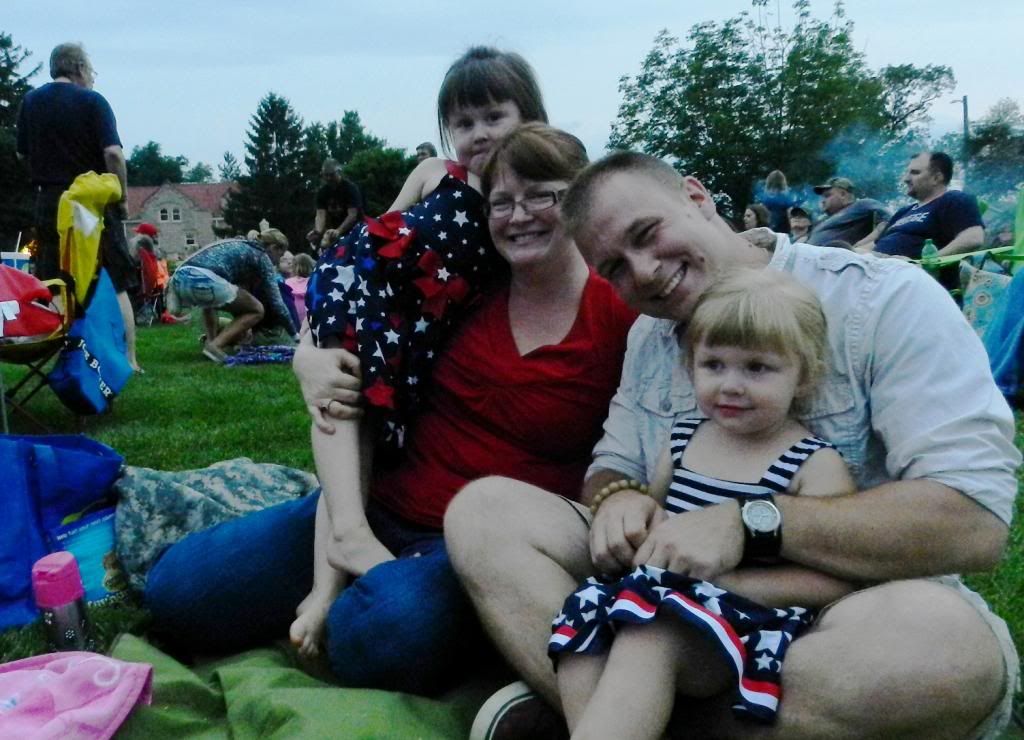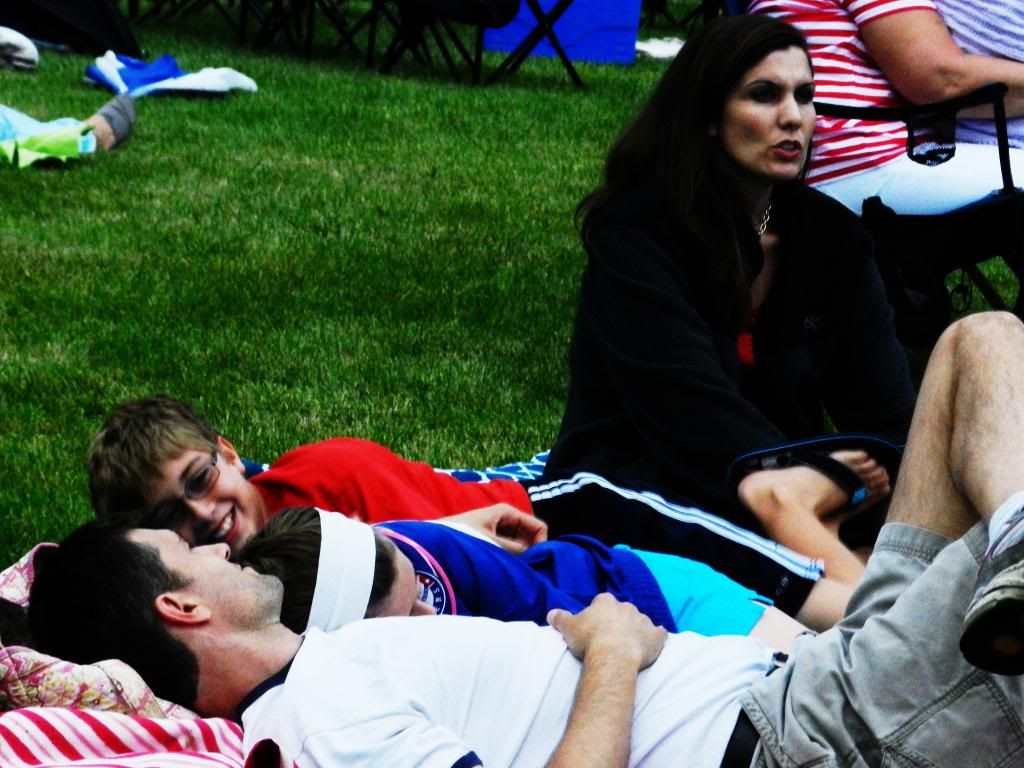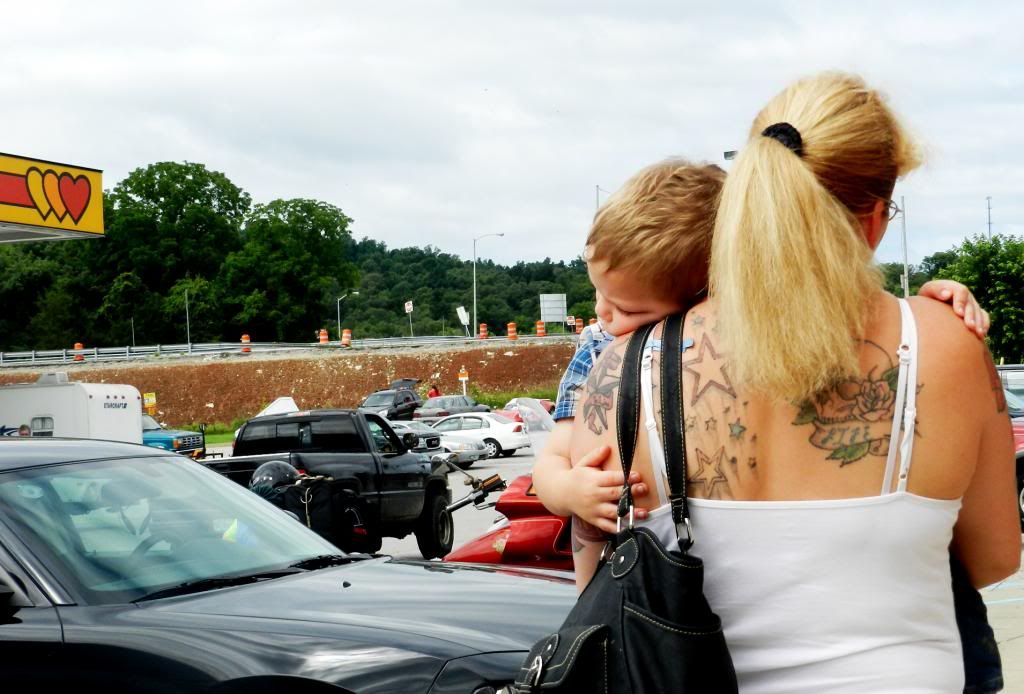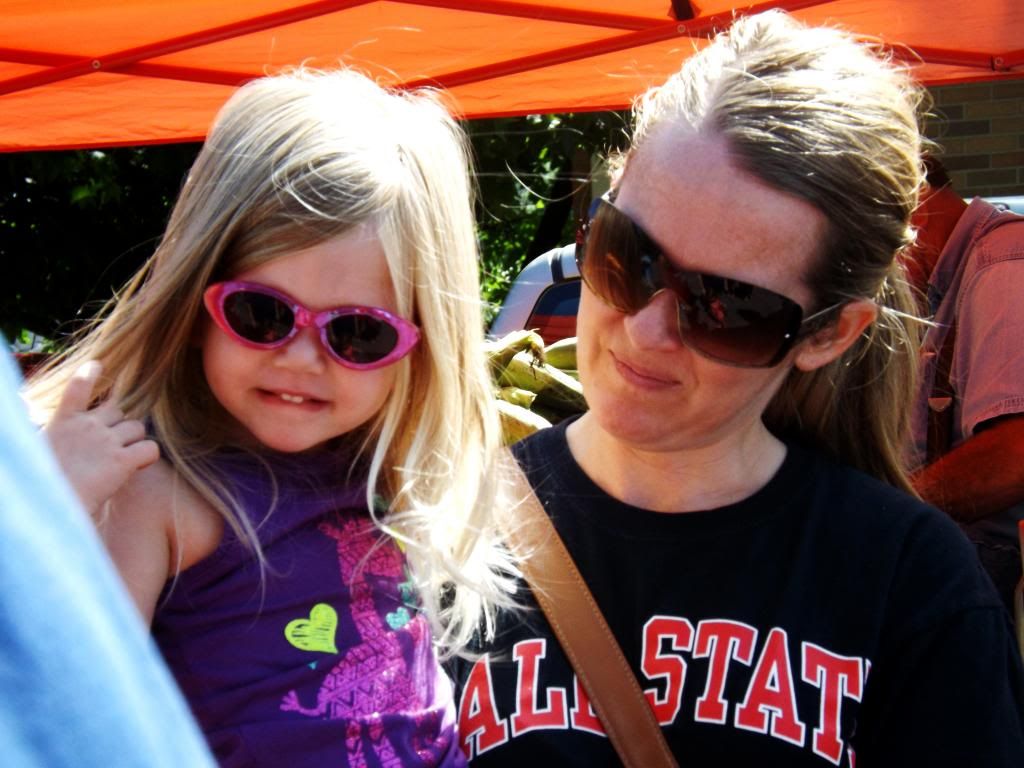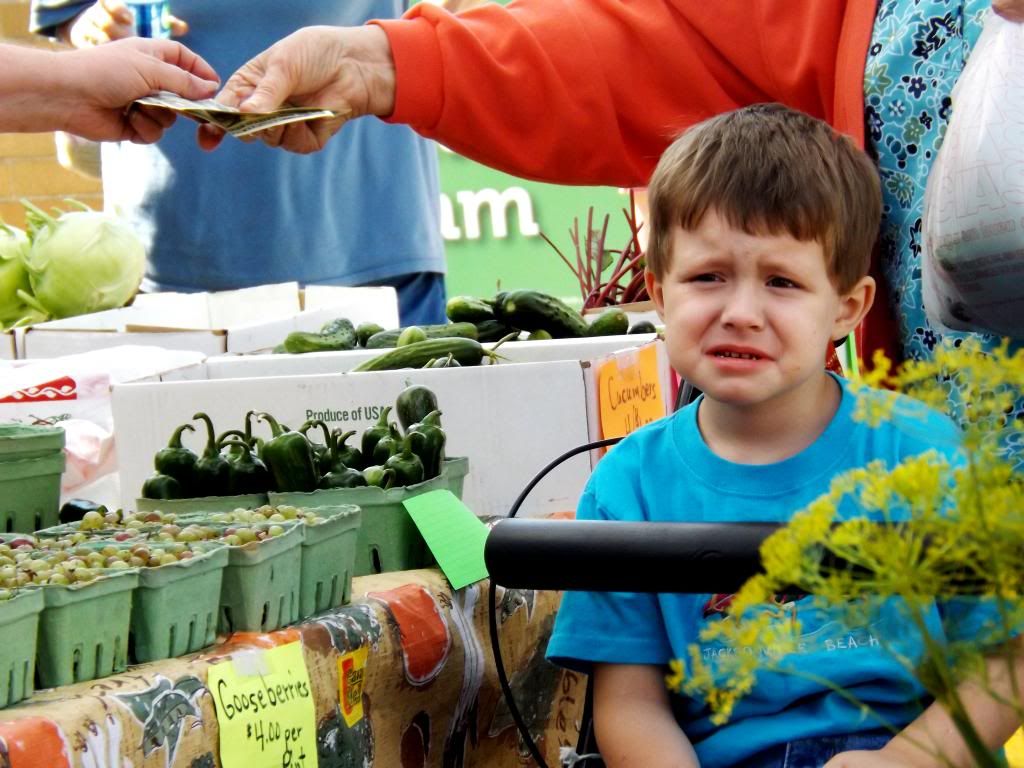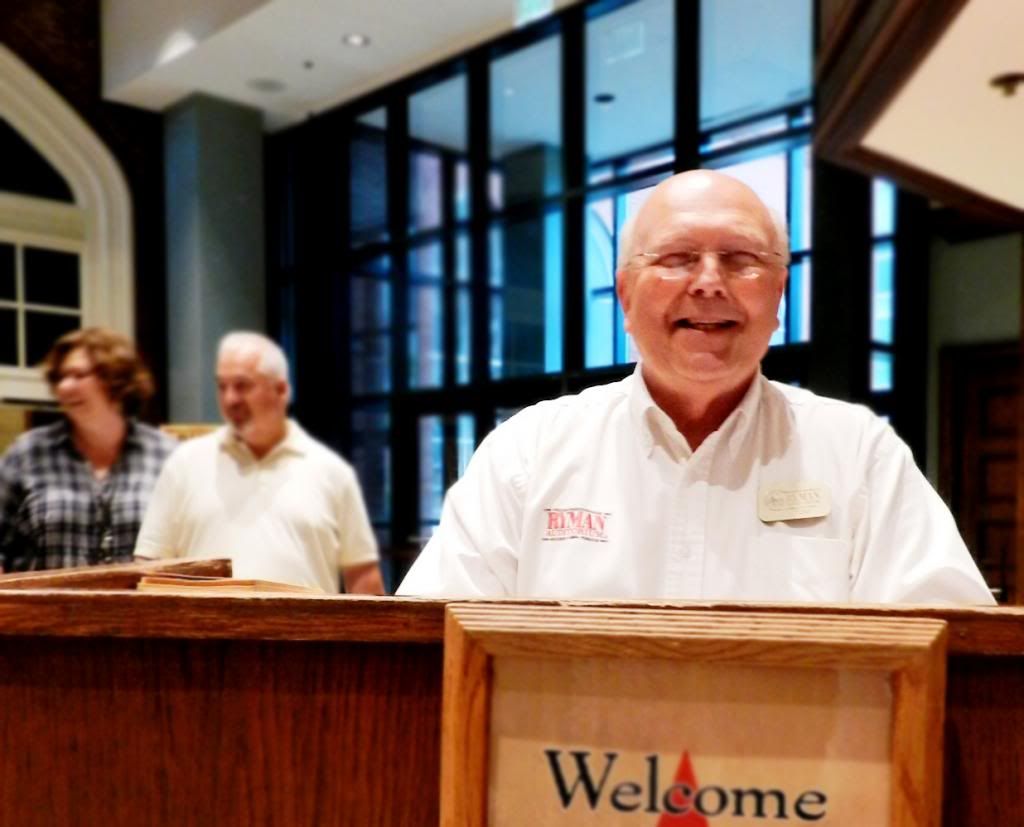An assignment for Multimedia Reporting class with Suzy Smith and Adam J. Kuban, BSU
by Marsha Imaniara | Friday, 9 July 2013
MUNCIE, Indiana - Residents of Muncie looked bright and jubilant as they gathered in Minnetrista Cultural Park last Thursday (7/4) to celebrate the Independence Day with their family and friends.
Signs of bad weather did not interfere with the festivity of the annual Independence Day tradition. The Fourth of July event drew residents of all ages, wearing patriotic costumes, waving their Star-Spangled Banners and conversing with each other.
Among them was 9-year old Makenzie Jenkins. She showed off her Fourth of July spirit with festive, American flag-colored hat. Her favorite part of the Fourth of July was the fireworks, morning parade and candies. For Makenzie, the day means a happy time for America and for everybody.
"Hope and freedom too!" she continued with a confident smile.
Fireworks were also the highlight of the Fourth of July celebration for Aidan Widener (7). Aidan admitted that he did not know much yet about the Fourth of July. But he wanted to be a soldier.
"Because you can help your state or something," said Aidan.
Amber Widener, mother of Aidan, emphasized the importance of education and wished for other parents to do the same thing. She would begin introducing Aidan to the real significance behind the Fourth of July celebration as he reaches the right age.
A few meters from them sat Jason Brown with his wife and two daughters, Josephine (4) and Alexandra (2). This was the first year he brought his two girls to public celebration of the Independence Day.
The two girls looked dazzling in their patriotic dresses. Both were very shy, but they acknowledged their love for the Fourth of July celebration.
Although they had not fully realized the "hidden meaning" behind the celebration, their parents had started introducing the Fourth of July as "the birthday of their country" to them. For Brown, a very literal approach would be his first choice to educate his two daughters in civic education as they grow up and become more cognitive in their development stages.
"I don't know if kids really get that sense very early. We can say be proud of the nation, that's what's the Fourth of July is about," said Brown, "I hope to instill that upon them, and I don't even know how to start with that yet, and hopefully I do a good job, but I think for them right now is just happy and fireworks and celebration."
Fourth of July is indeed a good day to celebrate with families and friends. It is one day where all Americans can gather together and united. However, it should also be seen as a good opportunity to educate the future generation of the history and importance of the Fourth of July, along with the celebration.
In Minnetrista that night, the celebration concluded with the one thing kids love the most about the celebration: an exquisite display of fireworks.


